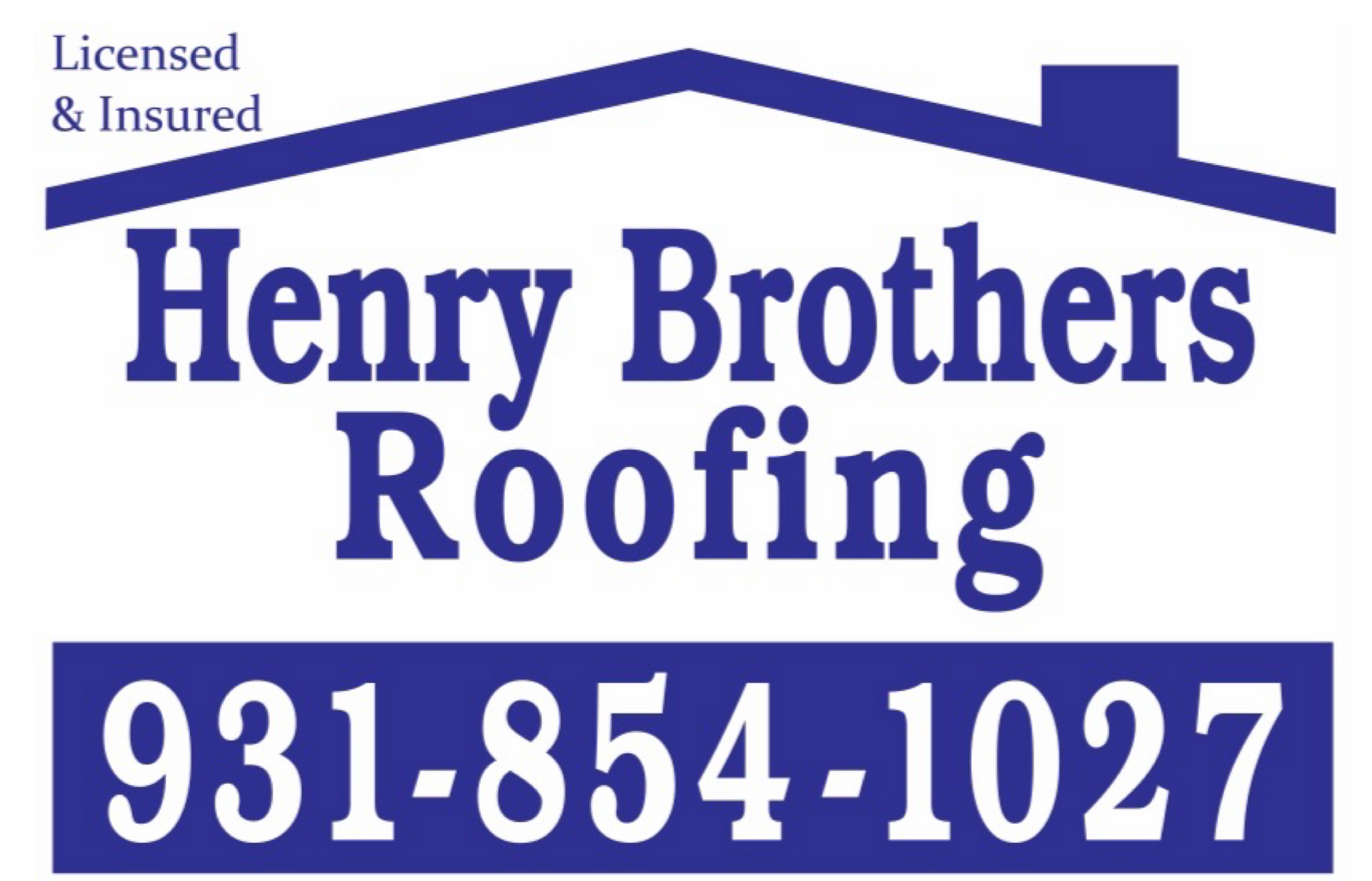News & Blog
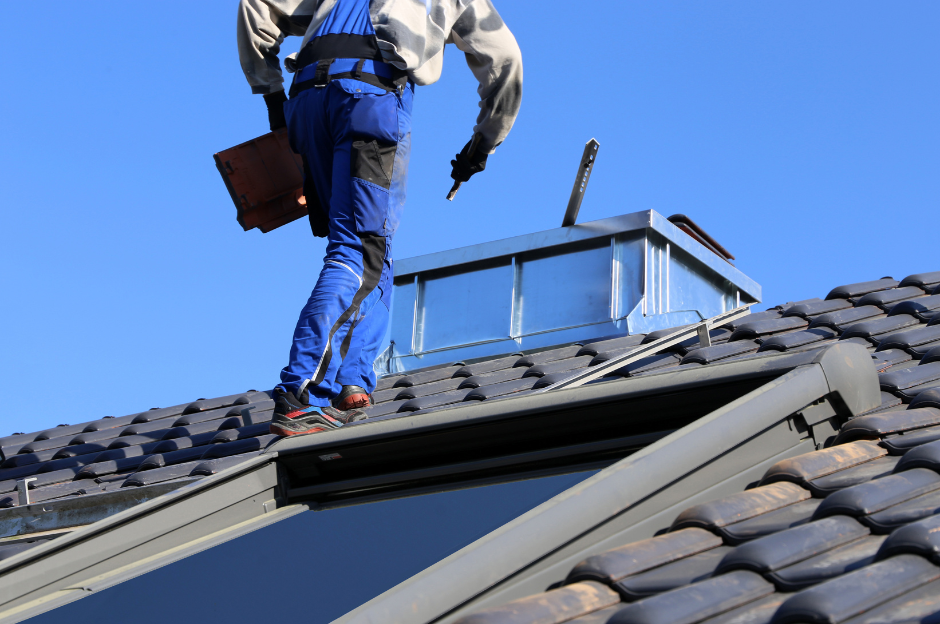
Multi-family buildings pose unique challenges for roofing—requiring durable, efficient, and cost-effective solutions that serve multiple households simultaneously. Selecting the right system and partner can significantly impact long-term maintenance and energy bills. Common Roofing Challenges in Multi-Family Properties Large surface areas Multiple penetrations (vents, HVAC units) Noise and disruption during installation High foot traffic for maintenance Energy efficiency Efficient Roofing Materials TPO (Thermoplastic Polyolefin): Lightweight, reflective, and energy-efficient. Ideal for flat or low-slope roofs. Modified Bitumen: Offers durability and weather resistance. Works well for larger structures. Metal Roofing: Long-lasting and low-maintenance. Higher upfront costs but excellent ROI. Asphalt Shingles: Budget-friendly and easy to repair. Better for pitched multi-family homes. Affordability Strategies Bulk Purchasing Discounts: Roofers often offer lower rates for large-scale projects. Energy Rebates and Tax Credits: Cool roofing materials may qualify for incentives. Roof Coatings: Extend lifespan and defer full replacements. Preventive Maintenance Plans: Regular inspections reduce major repair costs. Partnering with the Right Contractor Choose a roofing contractor experienced in multi-family dwellings. Look for: References from similar projects Warranty offerings Insurance and licensing Clear timelines and communication protocols
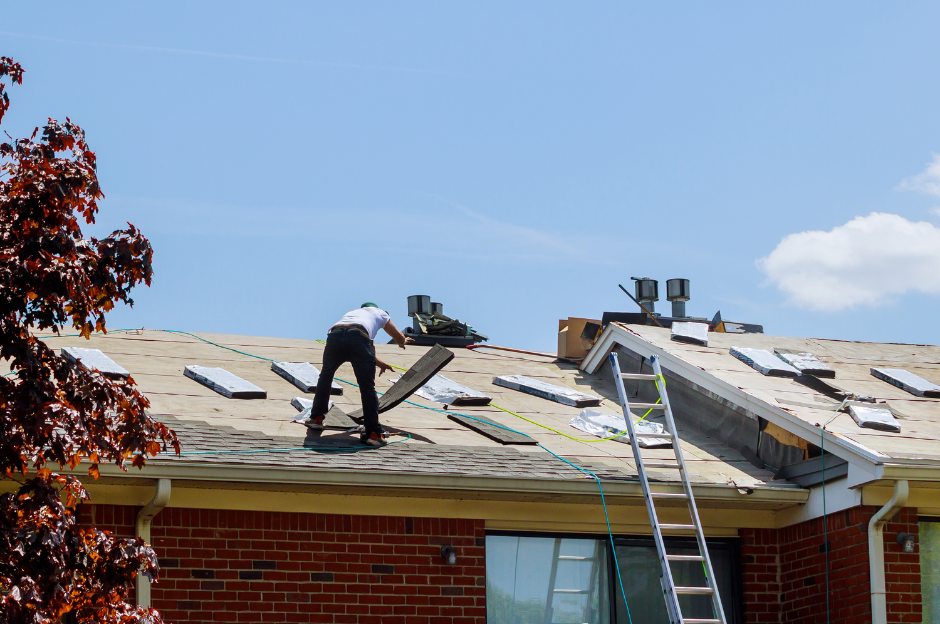
Your roof is one of the most defining features of your home’s architecture. A well-designed roof complements the style, era, and character of your house, enhancing both curb appeal and value. Whether you own a modern home, a Victorian masterpiece, or a Mediterranean villa, choosing the right roofing materials and design is essential. This article explores custom roofing solutions for different architectural styles, ensuring your roof is both aesthetic and functional. 1. Why Custom Roofing Matters A one-size-fits-all approach doesn’t work for roofing. Here's why customization is key: 🏡 Preserves Architectural Integrity The roof should match the home's era and design. A poorly chosen roof can clash with the architecture and reduce property value. 💰 Boosts Home Value & Curb Appeal A well-matched roof enhances visual appeal, making your home stand out. Homebuyers prefer houses with roofs that fit the overall design. 🌦 Enhances Durability & Efficiency Custom roofing accounts for climate, slope, and insulation. Choosing the right materials ensures longer roof life and energy efficiency. 2. Best Roofing Materials for Different Architectural Styles 🏗 Modern & Contemporary Homes Modern architecture focuses on clean lines, minimalism, and energy efficiency. Best Roofing Options: ✅ Flat Roofs – Achieve a sleek, contemporary look. ✅ Metal Roofing – Durable and complements modern aesthetics. ✅ Green Roofs – Eco-friendly and visually striking. ✅ Solar Panels – Integrate renewable energy solutions. 🏰 Victorian & Gothic Revival Homes These homes have steep-pitched roofs, turrets, and elaborate detailing. Best Roofing Options: ✅ Slate Tiles – Classic, long-lasting, and historically accurate. ✅ Wood Shingles – Adds charm and natural beauty. ✅ Decorative Metal Accents – Enhances ornate Victorian designs. 🏝 Mediterranean & Spanish-Style Homes Inspired by European coastal homes, these feature stucco walls and curved archways. Best Roofing Options: ✅ Clay or Terracotta Tiles – Traditional, weather-resistant, and elegant. ✅ Concrete Tiles – Durable and available in various textures and colors. ✅ Synthetic Spanish Tiles – Modern, lightweight alternatives with classic appeal. 🌲 Rustic & Cabin-Style Homes These homes emphasize natural materials and a cozy aesthetic. Best Roofing Options: ✅ Wood Shakes – Blends seamlessly with wooded surroundings. ✅ Metal Roofing (Rustic Finish) – Durable with a weathered, natural look. ✅ Green Roofs – Enhances sustainability and insulation. 🏡 Colonial & Traditional Homes These timeless homes focus on symmetry and classic proportions. Best Roofing Options: ✅ Asphalt Shingles – Affordable and available in classic shades. ✅ Slate Roofing – Elegant and historically accurate. ✅ Copper or Metal Accents – Enhances historic charm. 🏛 Mid-Century Modern Homes This style features low-sloped roofs, large windows, and open spaces. Best Roofing Options: ✅ Flat or Low-Slope Roofs – Clean, minimalistic aesthetic. ✅ Rubber or Membrane Roofing – Ideal for low-pitch roofs. ✅ Green or Living Roofs – Complements eco-conscious designs. 🏰 Tudor-Style Homes Tudor homes have steeply pitched gables and decorative half-timbering. Best Roofing Options: ✅ Wood or Synthetic Shake Shingles – Traditional and authentic. ✅ Slate Roofing – Enhances historic charm and durability. ✅ Architectural Asphalt Shingles – Mimics wood or slate at a lower cost. 3. Custom Roofing Features to Consider Beyond materials, adding customized elements can elevate your roof’s design. 🔹 Roof Color & Texture Dark roofs enhance historic and formal homes. Light-colored roofs reflect heat, ideal for warm climates. Textured materials (slate, shakes) add visual depth. 🏠 Roof Shape & Pitch Steep roofs fit Gothic and Victorian styles. Flat or low-sloped roofs match modern homes. Custom pitches enhance energy efficiency and durability. 🔆 Skylights & Roof Windows Adds natural light and enhances ventilation. Works well in modern, contemporary, and rustic homes. 🌞 Solar Roofing & Smart Technology Solar shingles blend seamlessly into modern & eco-friendly homes. Smart roofing systems adjust ventilation & insulation automatically. 4. Custom Roofing: How to Get Started 1️⃣ Consult a Roofing Expert Work with an architect or contractor specializing in custom roofs. Ensure they understand historical accuracy and climate considerations. 2️⃣ Choose High-Quality Materials Invest in durability, energy efficiency, and aesthetics. Select roofing that aligns with your home’s style and longevity needs. 3️⃣ Consider Long-Term Costs & ROI Some materials have higher upfront costs but last longer and increase home value. Energy-efficient options can reduce heating and cooling expenses. 4️⃣ Verify Local Building Codes Some roofing styles require special permits. Ensure compliance with HOA guidelines and historical district regulations.

Your roof is more than just protection from the elements—it’s one of the most valuable investments you can make in your home. A high-quality roof enhances curb appeal, energy efficiency, and resale value. Whether you’re planning to sell or simply want to increase your home's worth, upgrading your roof can yield a high return on investment (ROI). In this article, we’ll explore how premium roofing solutions add value to your home and what materials and styles are best for long-term benefits. 1. How Roofing Impacts Home Value A home with an upgraded roof stands out in the market. Here’s why: 💰 Higher Resale Value According to real estate experts, a new roof can increase home value by up to $12,000. Homes with recent roof replacements sell faster than those needing repairs. 🎨 Enhanced Curb Appeal A modern, well-maintained roof boosts aesthetic appeal. The right color and material can complement your home's style, making it more attractive to buyers. 🏡 Energy Efficiency & Savings Reflective and insulated roofing reduces cooling and heating costs. Many buyers prioritize energy-efficient homes for long-term savings. 🔨 Fewer Maintenance Costs High-quality roofing materials last 20-50 years, reducing the need for frequent repairs. Prospective buyers will pay more for a home with a durable, low-maintenance roof. 2. Choosing the Right Roofing Material for Maximum Value Different materials offer varying durability, aesthetics, and ROI. Here are some of the best options: 🏡 Asphalt Shingles: Affordable & Versatile ✅ Cost-effective and widely used ✅ Available in multiple colors and styles ✅ Expected lifespan: 20-30 years ✅ ROI: 60-70% Best for: Budget-conscious homeowners who want a stylish yet affordable option 🏗 Metal Roofing: Modern & Durable ✅ Lasts 40-70 years ✅ Fire-resistant & withstands harsh weather ✅ Energy-efficient, reflecting solar heat ✅ ROI: 85-95% Best for: Homes in extreme climates or those seeking modern aesthetics 🧱 Clay & Concrete Tiles: Timeless Elegance ✅ Withstands harsh weather & fire ✅ Long lifespan: 50+ years ✅ Adds Mediterranean or Spanish-style charm ✅ ROI: 80-90% Best for: Homeowners looking for long-term durability and classic appeal 🌿 Green (Living) Roofs: Eco-Friendly & Unique ✅ Helps reduce heat & improve air quality ✅ Provides insulation & stormwater management ✅ Great for urban homes with limited garden space ✅ ROI: Varies (often 80%+ in eco-conscious markets) Best for: Eco-conscious homeowners or urban dwellers 🔍 Impact-Resistant Shingles: Best for Storm-Prone Areas ✅ Designed to withstand hail & high winds ✅ Reduces home insurance costs ✅ ROI: 75-85% Best for: Regions with frequent storms, hail, or hurricanes 3. Roofing Upgrades That Maximize ROI Aside from choosing high-quality materials, these upgrades further enhance home value: 🌞 Install Energy-Efficient Roofing Cool roofs reflect sunlight, reducing cooling costs. ENERGY STAR®-rated materials qualify for tax credits. 🔋 Add Solar Panels or Solar Shingles Homes with solar power see higher resale values. Some states offer rebates & incentives for solar roofing. 💎 Upgrade to Architectural Shingles Thicker and more durable than standard asphalt shingles. Adds a premium look that attracts buyers. 💡 Improve Ventilation & Insulation Prevents moisture buildup, extending roof life. Enhances energy efficiency, reducing utility costs. 4. How to Finance Your Roof Upgrade High-quality roofs can be costly, but financing options make upgrades accessible: 🏦 Home Equity Loans Low-interest loans using home equity as collateral. 💳 Roofing-Specific Financing Plans Many roofing companies offer installment plans for upgrades. 🏡 Government Incentives & Rebates Energy-efficient and solar roofs often qualify for tax credits. 5. Hiring the Right Roofing Contractor Choosing a certified, experienced roofing contractor ensures you get the best results. ✅ What to Look For: ✔ Licensed and insured professionals ✔ Experience with high-value roofing installations ✔ Positive customer reviews & warranties offered
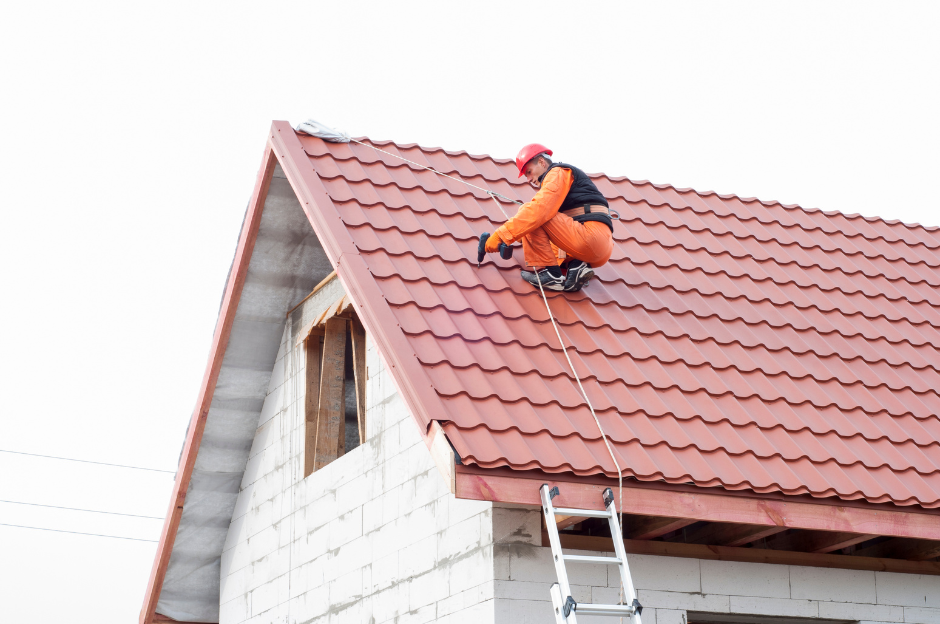
Climate change is reshaping how we think about home construction and maintenance. Rising temperatures, stronger storms, and unpredictable weather patterns make it essential to invest in resilient roofing solutions that can withstand environmental challenges. For homeowners, adapting to climate change means choosing roofing materials and designs that offer durability, energy efficiency, and sustainability. In this guide, we’ll explore the best roofing solutions for climate resilience, helping you protect your home while minimizing environmental impact. 1. Understanding the Impact of Climate Change on Roofing Extreme weather events are becoming more frequent, and traditional roofing systems may not be equipped to handle these changes. Here’s how climate change is affecting roofs: 🌪 Stronger Storms and Hurricanes High winds can rip off shingles or entire roofs. Heavy rainfall leads to roof leaks and structural damage. ☀ Rising Temperatures and Heat Waves Excessive heat causes roofing materials to crack and degrade faster. Higher temperatures lead to increased energy costs for cooling. ❄ Heavy Snowfall and Ice Dams Snow accumulation adds excess weight, leading to collapses or leaks. Ice dams prevent proper drainage, causing water damage. 🔥 Wildfires and Extreme Heat Homes in wildfire-prone areas need fire-resistant roofing to prevent destruction. 📌 The Solution? Invest in Climate-Resilient Roofing Technologies. 2. The Best Climate-Resilient Roofing Materials 🏡 Metal Roofing: Durable & Energy Efficient ✅ Withstands high winds (up to 140 mph) ✅ Reflects solar heat, reducing cooling costs ✅ Fire-resistant and long-lasting (50+ years) ✅ Resistant to mold, rot, and insects Best for: Areas with hurricanes, extreme heat, and wildfires 🌱 Cool Roofs: Energy-Efficient and Sustainable ✅ Reflects more sunlight, keeping homes cooler ✅ Lowers air conditioning costs ✅ Helps reduce urban heat island effect Best for: Hot and sunny regions 🪵 Wood Shingles (With Fire-Resistant Treatment) ✅ Natural and aesthetic appeal ✅ Provides good insulation ✅ Fire-resistant options available (pressure-treated) Best for: Areas with mild climates and low wildfire risks 🧱 Clay and Concrete Tiles: Strong Against Heat and Storms ✅ Highly durable (lasts 50+ years) ✅ Resistant to fire, rot, and insects ✅ Maintains a cooler indoor temperature Best for: Hot and storm-prone areas ♻️ Green Roofs (Living Roofs): Eco-Friendly & Stormwater Control ✅ Absorbs rainwater, reducing flood risks ✅ Acts as a natural insulator, lowering energy costs ✅ Improves air quality Best for: Urban areas with heavy rainfall and heat waves 🛡 Impact-Resistant Shingles: Protection from Hail & Wind ✅ Designed to withstand hail damage ✅ Resists wind uplift better than traditional shingles ✅ Available in various styles and colors Best for: Storm-prone and hail-prone regions 3. Roofing Innovations for Climate Resilience Technology is revolutionizing roofing materials, making homes more resistant to climate challenges. 🌞 Solar Roofing: Harnessing Renewable Energy Solar shingles or panels provide clean energy while protecting the roof. Lowers electricity bills and reduces carbon footprint. Some states offer incentives for solar installation. 🏠 Self-Healing Roofing Materials Some new roofing materials repair small cracks automatically, extending lifespan. Smart coatings help protect against UV damage and weathering. 🔍 Advanced Waterproofing & Drainage Systems New roofing membranes prevent leaks and mold growth. Smart drainage systems divert water away efficiently. 4. How to Choose the Right Roofing for Your Climate 🔹 Step 1: Identify Your Local Climate Risks Are you in a hurricane zone? Choose metal or impact-resistant roofing. Is your area hot and dry? Consider cool roofs or clay tiles. Do you experience heavy snow? Opt for steep-sloped roofs and reinforced materials. 🔹 Step 2: Prioritize Durability and Sustainability Long-lasting materials reduce waste and replacement costs. Eco-friendly options lower energy bills and carbon footprint. 🔹 Step 3: Work with a Climate-Resilient Roofing Contractor Ensure the contractor understands climate-adaptive materials. Look for certified professionals with experience in extreme weather-proofing. 5. Cost vs. Long-Term Investment 💰 Is resilient roofing more expensive? Yes, initially. ✅ Is it worth it? Absolutely! While climate-resistant roofing may cost more upfront, it saves money in the long run by: Reducing energy bills Preventing costly repairs from storm or fire damage Increasing property value 6. Government Incentives and Rebates Many governments offer tax credits, rebates, and grants for climate-resilient roofing. 🔹 Examples: Federal Solar Tax Credit for solar panel roofing. Local utility rebates for cool roofs. Discounts on home insurance for impact-resistant roofing. 📌 Check with local agencies for available programs.

A new roof is a significant investment, providing protection, energy efficiency, and aesthetic appeal to your home. With such an important purchase, understanding the warranty coverage is crucial to ensuring long-term value and peace of mind. Roofing warranties vary widely depending on the manufacturer, contractor, and materials used, making it essential to know what is covered and for how long. In this guide, we will break down the key aspects of roofing warranties, explain what to look for when selecting a roofing solution, and highlight common pitfalls to avoid. Types of Roofing Warranties Roofing warranties generally fall into three main categories: manufacturer warranties, workmanship warranties, and extended warranties. Each type offers different protections and limitations. 1. Manufacturer Warranties Manufacturer warranties cover defects in roofing materials. If the materials fail prematurely due to manufacturing defects, the manufacturer may replace them. However, these warranties typically do not cover installation errors or damage caused by weather, accidents, or neglect. Key Considerations: Coverage Duration: Manufacturer warranties can range from 10 years to lifetime coverage. Prorated vs. Non-Prorated: Some warranties decrease in value over time (prorated), while others offer full replacement value for a set period. Transferability: If you sell your home, check whether the warranty can be transferred to the new owner. Exclusions: Common exclusions include improper installation, poor maintenance, and extreme weather events. 2. Workmanship Warranties A workmanship warranty is provided by the roofing contractor and covers installation errors. Even high-quality materials can fail prematurely if not installed correctly. Workmanship warranties vary in length, typically ranging from 1 to 10 years, depending on the contractor. Key Considerations: Coverage Scope: What specific installation errors are covered? Length of Warranty: Longer warranties often indicate greater confidence in the contractor’s workmanship. Contractor’s Reputation: Ensure the contractor is reputable and financially stable to honor the warranty in the future. Claim Process: Understand how claims are handled and if labor costs for repairs are covered. 3. Extended or System Warranties Extended warranties provide additional coverage beyond standard manufacturer and workmanship warranties. These warranties are often purchased separately and may cover both materials and labor for an extended period. Key Considerations: Cost: Extended warranties require an additional investment, so evaluate whether the extra coverage is worth the expense. Comprehensive Protection: Some extended warranties cover issues like tear-off costs and disposal fees. Manufacturer vs. Third-Party: Ensure the warranty provider is reputable. What to Look for in a Roofing Warranty Now that you understand the types of roofing warranties, here are the essential factors to evaluate before selecting a roofing solution. 1. Length of Coverage Warranty durations vary widely, so compare options carefully. While a lifetime warranty may sound appealing, read the fine print to determine how the coverage changes over time. Some warranties only offer full protection for the first 10–15 years before becoming prorated. 2. Material and Labor Coverage Some manufacturer warranties only cover defective materials but not labor. This means you may have to pay out-of-pocket for labor costs even if your roofing materials are faulty. Look for warranties that provide both material and labor coverage for greater financial protection. 3. Transferability If you plan to sell your home, a transferable warranty can be a strong selling point. Some warranties are transferable once, while others allow multiple transfers. Keep in mind that some manufacturers require a transfer fee or notification within a certain time frame after the home is sold. 4. Prorated vs. Non-Prorated Terms A non-prorated warranty provides full coverage for a specified period, meaning if your roof fails due to a covered defect, you receive full compensation. A prorated warranty reduces in value over time, meaning you may only get partial reimbursement if the roof fails after several years. 5. Coverage for Workmanship Errors Since improper installation is one of the leading causes of roofing failures, ensure that your contractor offers a strong workmanship warranty. Some manufacturers also offer warranties that include workmanship coverage if you use a certified contractor. 6. Exclusions and Limitations Always read the exclusions section of a warranty carefully. Common exclusions include: Acts of Nature: Hurricanes, tornadoes, and earthquakes may not be covered. Improper Maintenance: Failure to maintain the roof according to the manufacturer’s guidelines may void the warranty. Unauthorized Repairs: Using non-approved contractors for repairs can lead to denied claims. 7. Warranty Claim Process Before committing to a roofing solution, understand the process for filing a claim. Questions to ask include: What documentation is required? Is there a specific timeline for reporting issues? Who is responsible for labor and material costs during a claim? Common Warranty Pitfalls to Avoid 1. Assuming All Lifetime Warranties Are the Same Not all "lifetime" warranties provide equal coverage. Some are limited to specific conditions, so always verify the details before relying on the term "lifetime." 2. Not Registering the Warranty Many manufacturers require homeowners to register their warranty within a certain period after installation. Failing to do so can make your warranty void. 3. Ignoring Maintenance Requirements Some warranties require regular inspections and maintenance to remain valid. Keep records of maintenance work to ensure compliance. 4. Using Non-Certified Contractors If your manufacturer requires installation by a certified contractor, using an uncertified roofer may void the warranty.
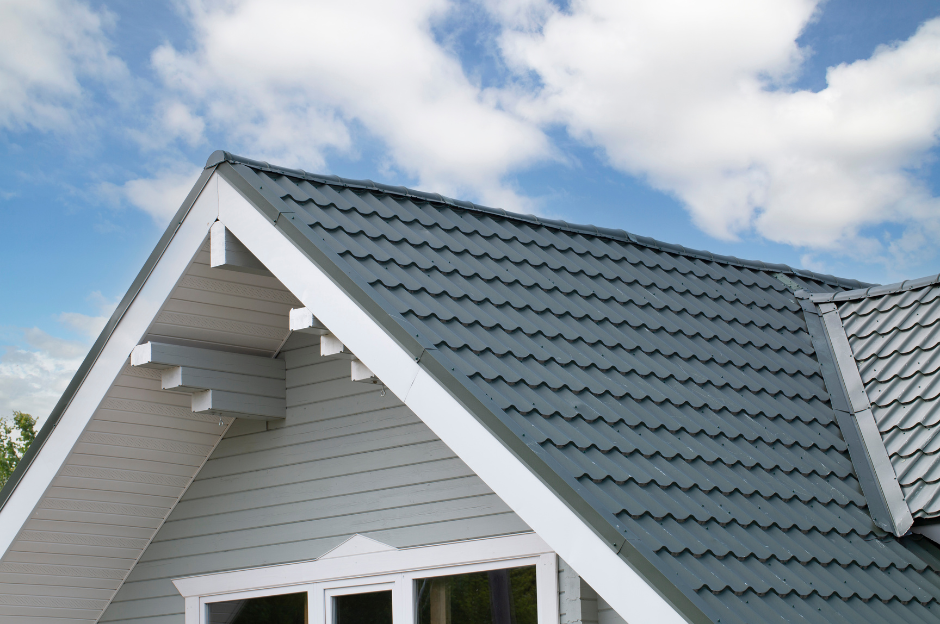
Your roof is one of the most essential components of your home, providing protection against the elements and ensuring structural integrity. However, like any part of a home, it experiences wear and tear over time. Homeowners often face a critical decision: Should I repair my roof or replace it entirely? This question can be difficult to answer, as several factors come into play, including age, damage severity, cost, and long-term durability. In this blog, we’ll explore how to assess the condition of your roof, the signs that indicate whether you need repairs or a full replacement, and what factors to consider before making a final decision. 1. Understanding the Lifespan of Your Roof The first step in assessing whether to repair or replace your roof is understanding its expected lifespan. Different roofing materials have varying durability: Asphalt shingles: 20–30 years Wood shakes or shingles: 25–40 years Metal roofing: 40–70 years Clay or concrete tiles: 50–100 years Slate roofing: 75–200 years If your roof is approaching the end of its lifespan, replacing it may be the most cost-effective option. However, if it's relatively new and has minor issues, repairs might suffice. 2. Signs You May Need Roof Repairs If your roof is structurally sound and the damage is minor, repairs may be the best course of action. Here are some common issues that can be fixed with repairs: A. Missing or Damaged Shingles Shingles can become loose, cracked, or missing due to storms, high winds, or general aging. If the damage is limited to a small section, replacing individual shingles is an effective solution. B. Leaks and Water Damage Water stains on ceilings or walls indicate a leak. If caught early, a simple patch or flashing repair can prevent further damage. However, widespread leaks may require a full replacement. C. Mold, Moss, or Algae Growth Moss and algae can trap moisture and cause shingles to deteriorate faster. While they don’t necessarily mean you need a new roof, they should be removed, and proper ventilation should be maintained. D. Sagging or Slight Structural Issues A slight sag or uneven roofline may indicate a minor issue with the underlying support structure. If addressed early, reinforcing the structure may prevent the need for full replacement. E. Poor Insulation or Ventilation If your home is experiencing extreme temperature fluctuations, poor roof insulation or ventilation could be the cause. Repairing vents or adding insulation can improve energy efficiency without needing a full replacement. 3. Signs It’s Time to Replace Your Roof Sometimes, repairing a roof is only a temporary solution. If your roof has significant damage or has reached the end of its lifespan, replacement is the better long-term investment. Here are the signs you need a new roof: A. Extensive Water Damage or Persistent Leaks If your roof has multiple leaks that continue despite repairs, it may be a sign of widespread structural deterioration. Water intrusion can lead to mold, rot, and damage to your home’s foundation. B. Significant Shingle Deterioration If you notice: Large patches of missing or curling shingles Granules from shingles accumulating in gutters Shingles that appear "bald" with exposed underlying material It may indicate that your roof has outlived its lifespan and should be replaced. C. Severe Storm or Weather Damage If your roof has suffered major damage from storms, hail, or high winds, a full replacement may be necessary. If more than 30% of the roof is affected, repairs might not be sufficient. D. Structural Issues (Sagging or Rotting Roof Decking) A sagging roof could indicate problems with the roof deck or foundation, often caused by water damage or structural failure. In such cases, a replacement is necessary to prevent further collapse. E. Energy Efficiency Decline If your energy bills are steadily increasing, poor roof insulation and ventilation could be the culprit. Modern roofing materials offer better insulation, making a replacement a wise investment. 4. Factors to Consider Before Deciding If you’re still unsure whether to repair or replace your roof, consider these key factors: A. Cost of Repairs vs. Replacement Repairs are typically more affordable in the short term, while replacement requires a larger upfront investment. However, if you’re frequently repairing your roof, the cumulative costs may exceed the cost of a new one. ✅ When to Repair: If the estimated repair cost is less than 30% of the replacement cost. ❌ When to Replace: If repairs will cost more than half of a new roof’s price. B. Age of the Roof If your roof is nearing the end of its lifespan, replacement is usually the better choice. Continuing to repair an aging roof is often a temporary fix. C. Long-Term Investment and Home Value A new roof enhances curb appeal and can increase your home’s resale value. If you plan to sell in the near future, a replacement may attract buyers and offer a strong return on investment. D. Insurance and Warranty Coverage Check your homeowners insurance policy to see if roof damage is covered (especially if caused by storms or natural disasters). Also, assess your roof’s warranty—some materials come with 20–50-year warranties, which could influence your decision. E. Environmental Considerations If you’re concerned about sustainability, some materials (such as metal roofs, recycled shingles, and solar roofing) offer eco-friendly options that can reduce energy consumption and qualify for tax incentives. 5. Choosing the Right Roofing Solution If you decide on a full replacement, selecting the right roofing material is crucial. Here are some options: Asphalt Shingles (Affordable, easy to install, but moderate lifespan) Metal Roofing (Durable, energy-efficient, fire-resistant) Clay/Concrete Tiles (Long lifespan, weather-resistant, but heavy) Wood Shakes (Aesthetic appeal, natural insulation, but requires maintenance) Slate Roofing (Premium, extremely durable, but expensive) Each material has its pros and cons, so consider factors like climate, budget, and maintenance requirements before making a choice.
